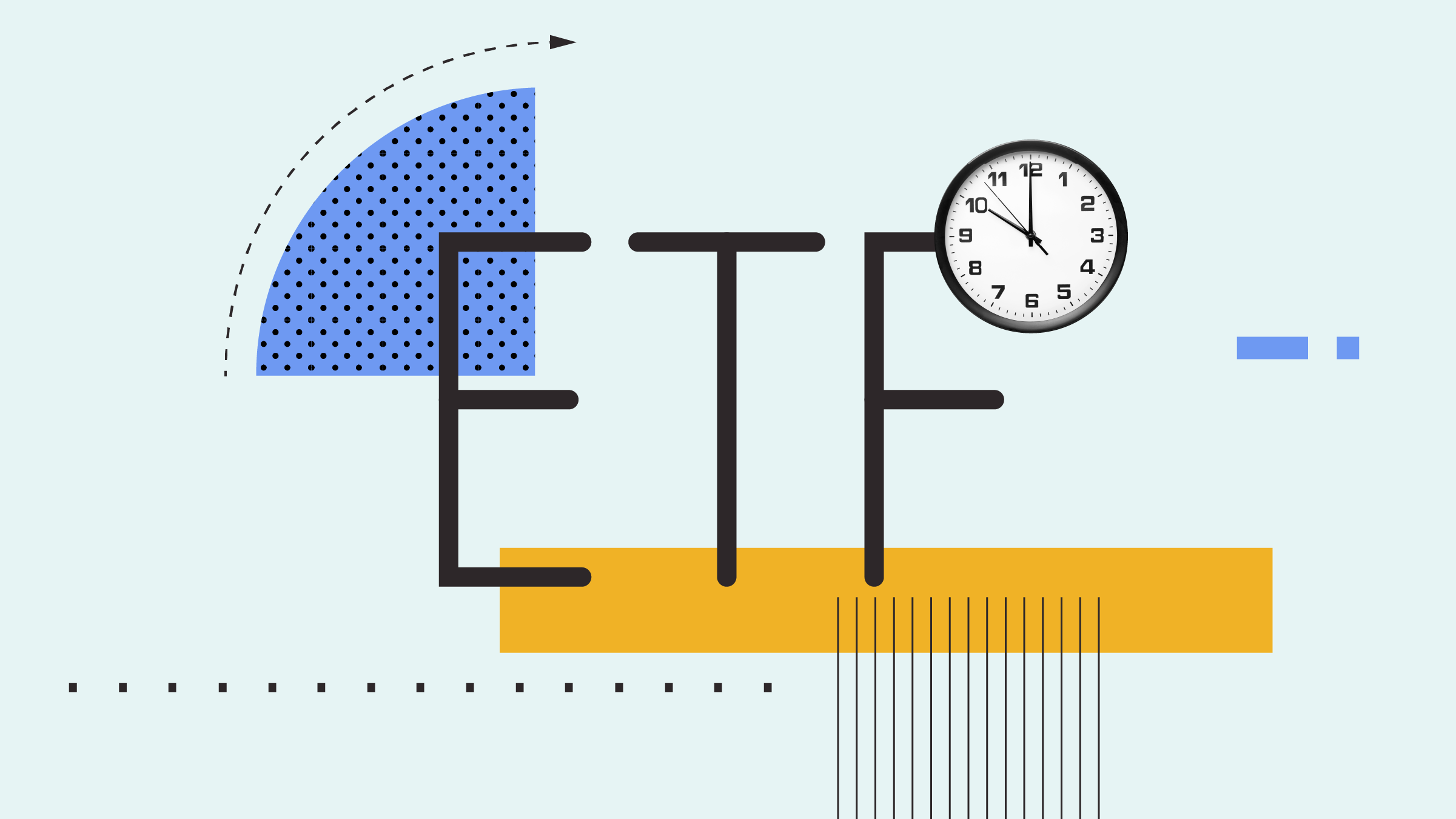Note: This article is part of Morningstar's January 2016 Five keys to retirement investing special report.
This past year, the number of Canadians aged 65 and over was, for the first time, higher than the number of children aged 14 and under. Just over 16% of us are at least 65 years old, and the growth of this age group is about four times the growth of the general population. While we are not an outlier among developed nations in these demographic trends, there's no doubt that retirement is increasingly on the minds of more Canadians. Among the numerous transitions a retiree makes is in their approach to investments -- from accumulating financial assets to drawing upon them in their new life stage.
As Canadians reach a "standard" retirement age of 65, our median life expectancy is 20 years. At that point, especially for those among us without a defined benefit pension plan or other annuitized income, we are likely to have started considering the very real risk of outliving our money.
Further, upon retirement, we can no longer count on salary increases to help keep up with the rising cost of living. As low as inflation has been in the recent past (below the bank of Canada's 2% mid-point target annually since 2012), it still accumulates insidiously over long periods, and the sting of how much certain items cost compared to a decade earlier will be felt more keenly by those living "on a fixed income."
During the accumulation phase, workers have their human capital to help them adjust to inflation. A retirement portfolio can't count on the infusion of human capital (in the form of wages or a salary) to save the day and help protect future purchasing power. Instead, a retirement portfolio should have a greater focus on investments that have an element of inflation protection built in. Depending on the personal risk preferences of the investor, this could mean having some diversified investment exposure to real estate investment trusts beyond amounts held in those assets pre-retirement.
Additionally, inflation-linked bonds, known in Canada as real return bonds, are offered by the federal government and several provinces. In contrast to standard (nominal) bonds with a fixed coupon and principal payment, real return bonds adjust their coupon payments and principal payment by the amount of accumulated inflation over time. Inflation is viewed as an enemy of regular bonds, as it erodes the real value of fixed payments. The inflation adjustment of real return bonds protects a retirement portfolio against unexpected inflation.
Volatility is another enemy of those drawing a steady income from a portfolio. During the accumulation phase it was a good habit to make regular retirement contributions; when contributing a fixed amount of money into an investment account regularly -- say, from a payroll contribution -- volatility worked to your advantage. You were able to buy a little bit more of the fluctuating investment with the same dollar contribution when its price was down temporarily. When the cash flow is going the other way, however, the effect is reversed. When the value of the retirement investment you have accumulated is down temporarily, you have to sell a little bit more of it to get the same withdrawal amount. So, volatility matters in a retirement portfolio, and should be reduced compared to the accumulation phase. A lot of the heavy lifting there should be achieved by deemphasizing exposure to risky assets, and the typical glide path of investors should show a reduced exposure to the stock market as time goes on.
An additional way to tackle volatility and avoid the need to sell risky assets at an inopportune time is to maintain a dedicated cushion of risk-free assets. This could be a combination of cash, T-bills, high-interest savings accounts or money market funds and the like, and would be used to meet retirement withdrawal requirements for an extended period -- perhaps a couple of years' worth of projected spending.
Morningstar's director of personal finance Christine Benz has commented regularly about a bucket approach to retirement portfolios. Having a risk-free bucket in your retirement portfolio offers meagre investment returns given the current low interest rate environment, but frees other more volatile retirement investments from being drawn down at irreplaceable levels in a market downturn.
Having a risk-free bucket should not mean ignoring risk in the rest of the retirement portfolio. All else being equal, a retirement portfolio should focus more on providing an income than on total return. When investing in equities during retirement, reliable dividend payments from proven larger companies become increasingly attractive compared to the less certain prospects of high capital gains from a more speculative stock. When investing in regular fixed income, shorter durations are preferable in order to avoid taking on the price-volatility risk associated with longer-term issues. When investing in both equities and fixed income, staying closer to home reduces the risk that foreign currency fluctuations will interfere with the value of withdrawals.
A retirement portfolio differs from an accumulation portfolio. The introduction of regular withdrawals means that you have to pay more attention to reducing volatility to protect the assets that will pay your way for an uncertain but hopefully very long period. Equity risk, currency risk and duration risk should be monitored closely. More Canadian exposure, shorter-term bond exposure and an emphasis on income over total return are prudent approaches. The transition to retirement also signals a change in your human capital, which has a diminished ability to help account for inflation. Your retirement portfolio will have to more explicitly tackle inflation through investing in assets such as real return bonds and real estate investment trusts.
Like all investment portfolios, a retirement portfolio should be reviewed from time to time to ensure that it continues to meet your goals. Indeed, given a long expected retirement period, there are phases within retirement where spending needs will evolve. It is also true that individual investment risk tolerance continues to play a role in a retirement portfolio. Not every retiree's portfolio will look the same, as the capacity and willingness to take on risk differ with individual circumstances and objectives. But, in general, the deeper you get into your retirement years, the more the principles above apply.



















